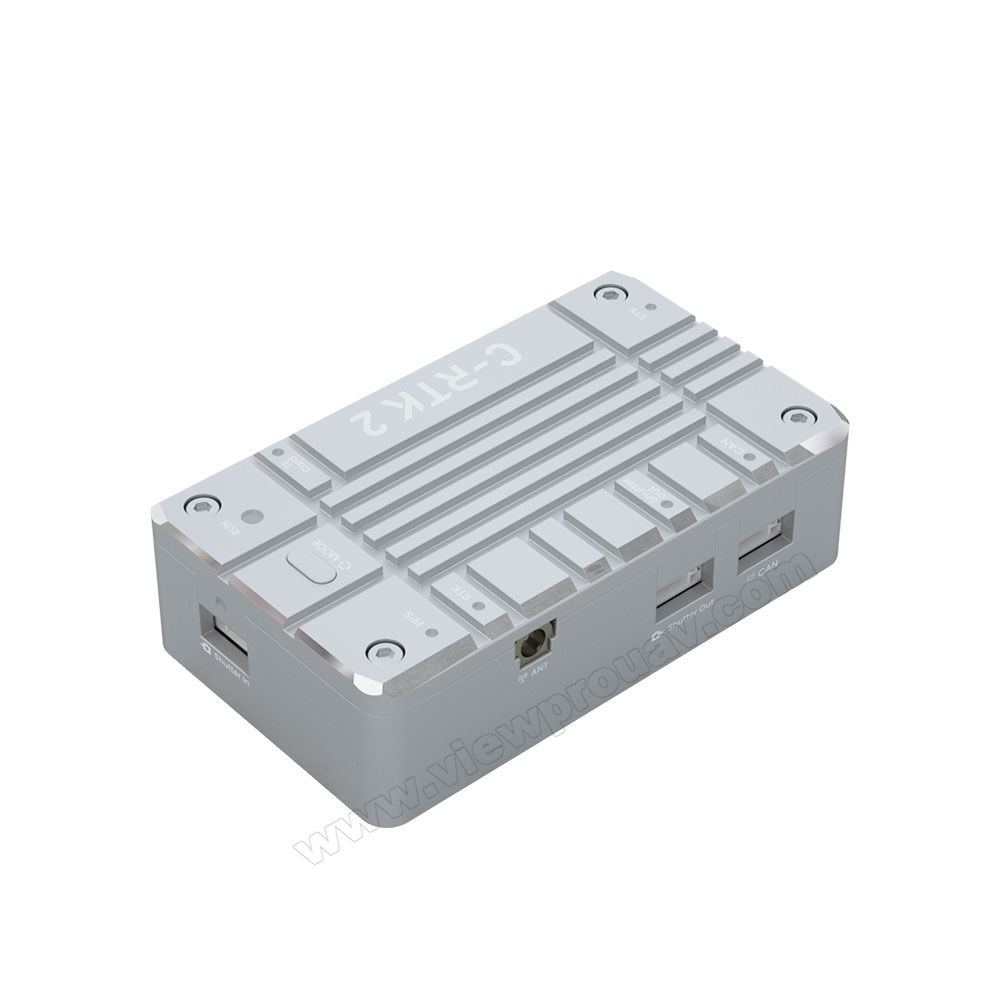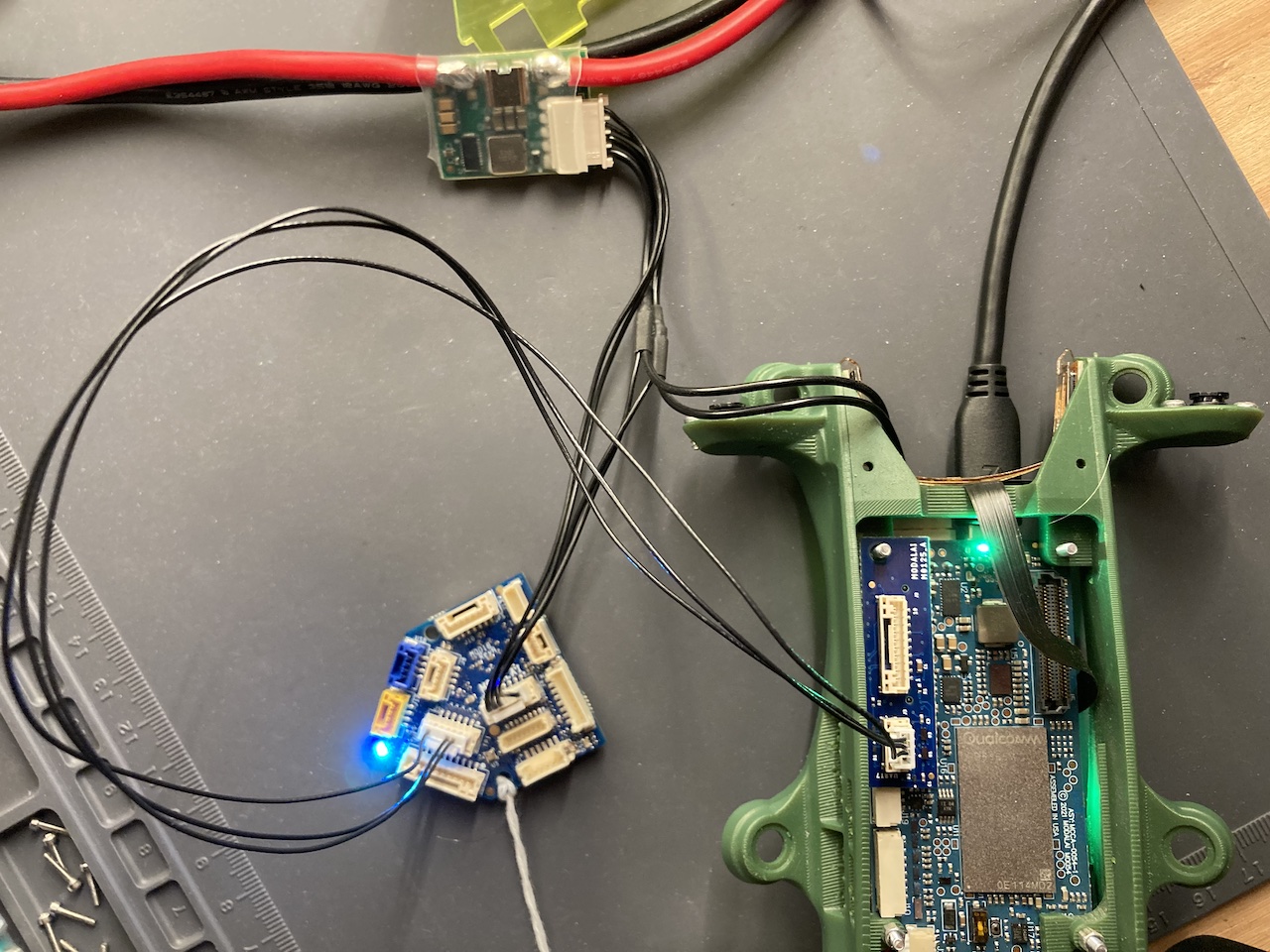SparkNavi Drone Flight Controller and GNSS/INS Made in Taiwan: Accuracy Navigating for Drones
SparkNavi Drone Flight Controller and GNSS/INS Made in Taiwan: Accuracy Navigating for Drones
Blog Article
Checking Out the Role of Drone Trip Controllers in Enhancing Flight Security and Navigation Efficiency
The improvement of drone technology has substantially raised the significance of trip controllers, which offer as the mind of these aerial cars. By incorporating real-time information from an array of sensors, trip controllers boost trip security and navigating efficiency, guaranteeing that drones can run efficiently also in complex environments.

Recognizing Flight Controllers
Trip controllers are integral elements in the functioning of drones, functioning as the minds that manage and maintain flight operations. These innovative devices process information from various sensing units, including accelerometers, gyroscopes, and GPS, to guarantee that the drone keeps its designated trip course. The flight controller translates this information and executes commands based upon pre-defined formulas, enabling the drone to react to ecological changes, such as wind or challenges.
The primary feature of a flight controller is to keep security during flight. It attains this by making real-time changes to the drone's motors and control surface areas, making certain balance and control. Furthermore, contemporary trip controllers include advanced functions such as waypoint navigating, enabling automated trip courses and improved operational effectiveness.
Understanding the design of flight controllers is vital for both professionals and hobbyists. They typically contain a microcontroller, firmware, and numerous interfaces for sensing unit input and communication. As modern technology advances, flight controllers have actually become much more qualified and portable, incorporating expert system to adapt and boost decision-making procedures to complicated flight situations. This development symbolizes an essential advancement in the drone market, leading the way for much more sophisticated applications and safer operations.
Secret Components of Flight Stability
Attaining ideal flight security in drones counts on several essential elements that work in concert to make certain smooth and regulated procedures. Central to this security is the flight controller itself, which processes data from numerous sensors to maintain the wanted flight perspective. This consists of accelerometers and gyroscopes that measure activity and positioning, allowing for real-time changes to the drone's setting.
An additional vital element is the electronic rate controllers (ESCs), which manage the power provided to the electric motors. By finely tuning electric motor rates in action to trip controller commands, ESCs help preserve balance and combat disturbances triggered by wind or sudden motions.
Additionally, the layout of the drone's frame plays a pivotal function in flight security. A well-structured frame decreases vibrations and boosts the overall wind resistant account, adding to smoother trip characteristics. Lastly, the integration of sophisticated formulas within the trip controller aids in anticipating changes, guaranteeing a receptive and adaptable flight experience.
With each other, these components form a cohesive system that boosts a drone's security, permitting accurate handling and boosted efficiency in various flight problems.
Navigating Efficiency Methods
Effectiveness in navigating is necessary for maximizing drone operations, particularly in complicated atmospheres. Efficient navigating strategies boost the ability of drones to traverse challenging terrains and avoid challenges, consequently boosting functional performance and security.
One famous technique is the application of sophisticated general practitioners and inertial dimension systems (IMUs) that give precise location monitoring and orientation data. These technologies allow drones to compute optimum trip courses in real-time, thinking about numerous variables such as wind problems and potential obstacles.
Another technique entails using formulas for course planning and optimization. Algorithms such as A * and Dijkstra's algorithm can be released to establish one of the most reliable course while reducing power intake and trip time. Moreover, integrating machine learning versions can make it possible for drones to adaptively discover from their atmospheres, boosting navigating abilities through experience.

Influence on Autonomous Drones
The combination of innovative navigation strategies has actually exceptionally transformed the capacities of independent drones, allowing them to operate with better freedom and precision. SparkNavi drone flight controller and GNSS/INS made in taiwan. These improvements are mostly credited to sophisticated flight controllers that make use of real-time information handling and sensing unit fusion, allowing drones to browse complex settings effortlessly
The impact on self-governing drones extends past simple navigation; it incorporates enhanced go to this site barrier evasion, enhanced stability throughout dynamic conditions, and boosted mission integrity. By leveraging formulas that incorporate artificial intelligence and expert system, drones can adjust to changing circumstances, making educated decisions that enhance their trip courses while decreasing dangers.
Moreover, the execution of robust trip controllers has actually assisted in the execution of complicated jobs, such as aerial examinations, shipment solutions, and agricultural tracking, with minimal human treatment. This capability not just streamlines procedures but also minimizes human mistake, thereby improving total safety.
As an outcome, the functional range of independent drones has expanded substantially, making them essential tools in numerous industries. Their ability to do successfully in diverse scenarios highlights the critical function that progressed flight controllers play fit the future of unmanned airborne systems.
Future Fads in Trip Control
Frequently, improvements in trip control modern technology are positioned to redefine the landscape of check out here drone operations in the coming years. Arising trends suggest a considerable change in the direction of boosted expert system (AI) assimilation, enabling flight controllers to process real-time data much more effectively. This development will certainly assist in better decision-making abilities, enabling drones to adjust to vibrant ecological problems autonomously.
Additionally, the application of maker understanding formulas is anticipated to improve anticipating upkeep, consequently lessening downtime and prolonging the lifecycle of drone elements. This positive technique to maintenance will be vital as drone applications broaden across various industries, from farming to logistics.

.png)
Finally, developments in safe interaction procedures will address safety and regulative problems, ensuring that drones can run flawlessly in stuffed airspaces (SparkNavi drone flight controller and GNSS/INS made in taiwan). Collectively, these trends direct in the direction of a future where trip control systems are not just smarter and more reliable but also capable of operating safely in an increasingly incorporated airspace
Verdict
To conclude, drone flight controllers are indispensable to boosting flight stability and navigating efficiency with the advanced handling of sensing unit data. By preserving optimum trip attitudes and using innovative formulas for course optimization and barrier avoidance, these controllers substantially add to the freedom and operational safety of drones. As technology remains to progress, check that additionally improvements in trip control systems are prepared for, assuring better efficiency and increased abilities in the world of unmanned airborne automobiles.
By incorporating real-time data from a range of sensors, flight controllers boost flight stability and navigating performance, making certain that drones can run smoothly also in intricate atmospheres.Flight controllers are essential components in the functioning of drones, serving as the brains that stabilize and manage trip procedures. In addition, modern-day trip controllers integrate sophisticated functions such as waypoint navigating, permitting for automated flight paths and boosted operational efficiency.
Central to this security is the flight controller itself, which processes information from different sensors to preserve the preferred flight attitude.In verdict, drone trip controllers are indispensable to boosting flight security and navigation effectiveness through the sophisticated handling of sensing unit data.
Report this page